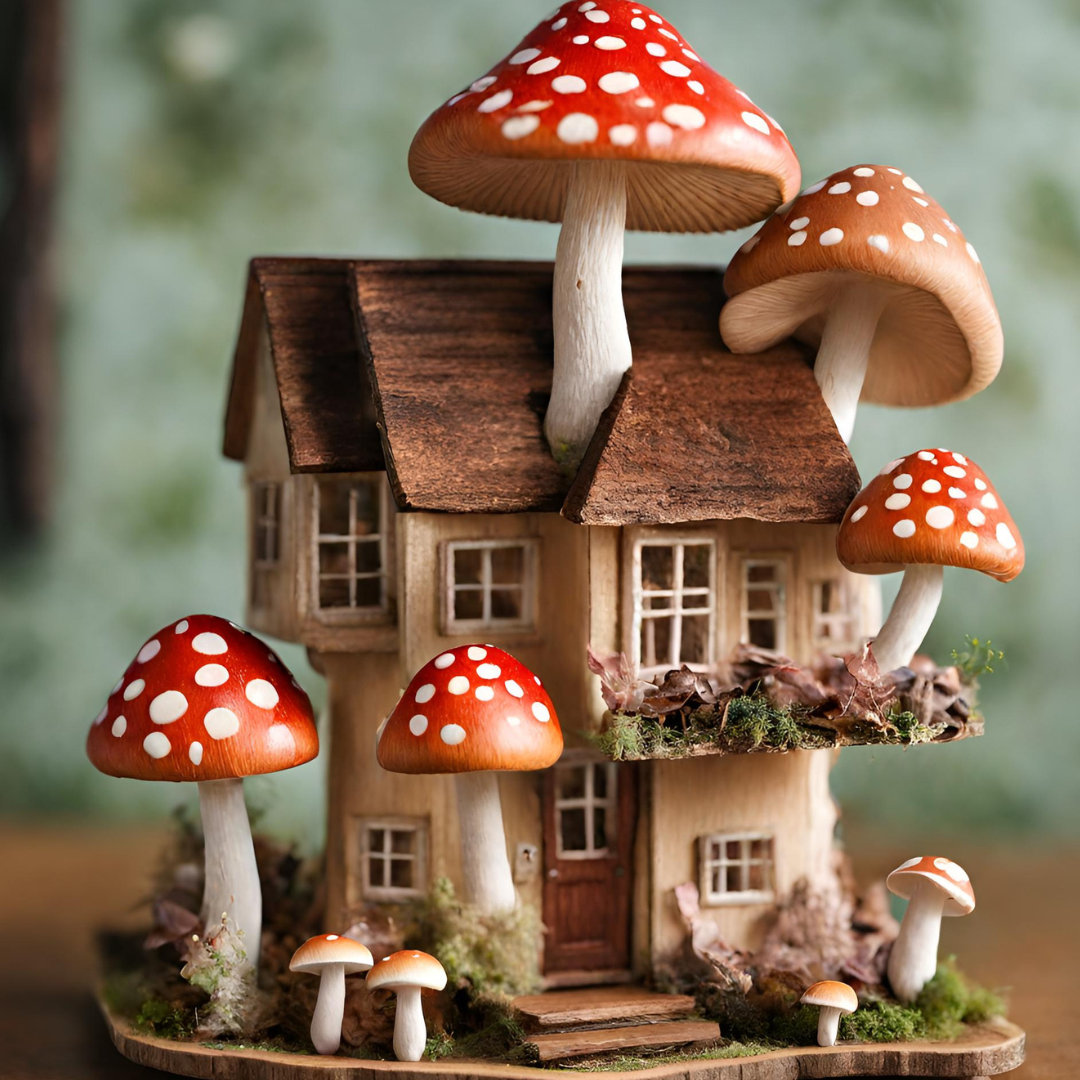
Mushrooms now eat houses?
Scientists are increasingly turning to fungi, one of nature's oldest biotechnologies, in the fight against pollution and climate change. In cities like Cleveland, where thousands of abandoned, toxin-ridden houses pose a challenge, innovative solutions involving fungi are emerging. Architect Chris Maurer advocates for using fungi to transform demolition waste into substrate, which nourishes mycelium, the vegetative part of fungi. The mycelium consumes toxins, while the remaining substrate is compressed into durable bricks for construction. This "Biocycler" program not only addresses the housing crisis but also contributes to pollution reduction efforts.

One of Cleveland's numerous dilapidated houses (Credit: redhouse studio)
Fungi's ability to break down pollutants, such as petroleum and harmful chemicals like PFAS, is the focus of research worldwide. Projects like CoRenewal's use of oyster mushrooms to combat oil pollution demonstrate the potential of mycoremediation. Additionally, advancements in fungal research, like Texas A&M University's development of a technique for breaking down PFAS, offer hope for mitigating environmental damage. However, experts caution against unintended consequences of introducing fungi into ecosystems and stress the need for careful management.

Despite these concerns, fungi-based solutions show promise in diverse applications, from construction to environmental cleanup. Chris Maurer's work in Namibia (see below), where mycoremediated homes address both housing shortages and climate displacement, exemplifies this potential. By harnessing the natural capabilities of fungi, humanity can find innovative ways to tackle pressing environmental challenges, turning something ancient into something revolutionary.

A house in Namibia that was recently built with mycelium blocks (Credit: Christopher Maurer)
A final word


